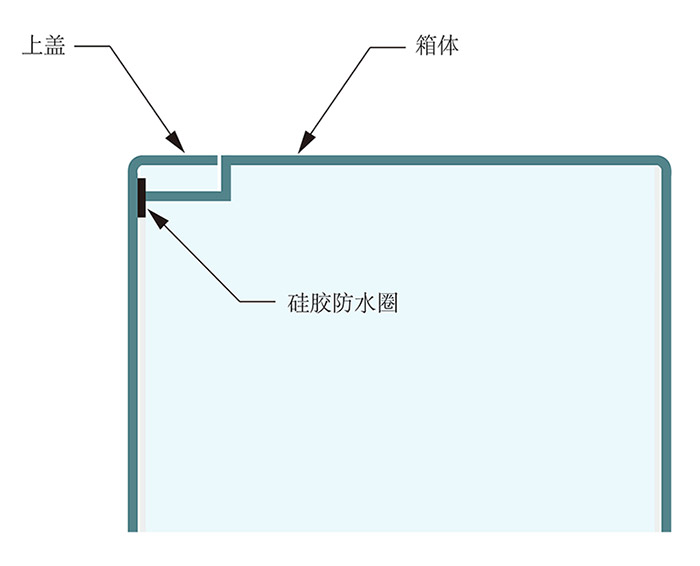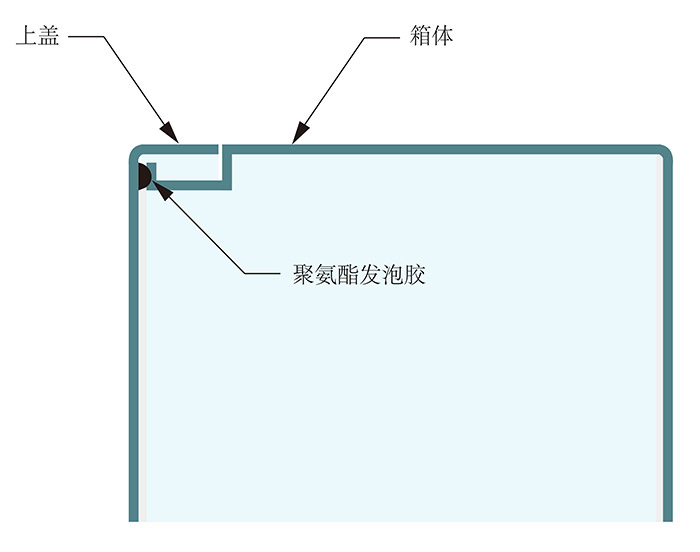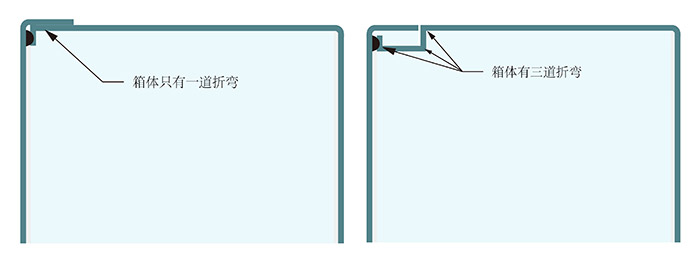
The other is protected by German Lanpu (RAMPF) polyurethane styrofoam, which adopts numerical control foam molding and is directly bonded to structural parts such as the upper cover, and its deformation can reach 50%. Above, it is especially suitable for the protection design of our medium and large inverters.
The following diagram shows:

At the same time, more importantly, in the design of the structure, in order to ensure high-strength waterproof design, a waterproof groove shall be designed between the top cover of the photovoltaic inverter chassis and the box to ensure that even if water mist passes through the top cover and the box. Into the inverter between the body, will also be guided through the water tank outside the water droplets, and avoid entering the box.
In recent years, there has been fierce competition in the photovoltaic market. Some inverter manufacturers have made some simplifications and substitutions from the protection design and material use in order to control costs. For example, the following diagram shows:

The left side is a cost-reducing design. The box body is bent, and the cost is controlled from the sheet metal material and the process. Compared with the three-folding box on the right side, there is obviously less diversion groove from the box. The strength of the body is also much lower, and these designs bring great potential for use in the waterproof performance of the inverter.
In addition, because the inverter box design achieves the protection level of IP65, and the internal temperature of the inverter will increase during operation, the pressure difference caused by the internal high temperature and external changing environmental conditions will lead to Water enters and damages sensitive electronic components. In order to avoid this problem, we usually install a waterproof breathable valve on the inverter box. The waterproof and breathable valve can effectively equalize the pressure and reduce the condensation phenomenon in the sealed device, while blocking the entry of dust and liquid. In order to improve the safety, reliability and service life of inverter products.
Therefore, we can see that a qualified photovoltaic inverter structural design requires careful and rigorous design and selection regardless of the design of the chassis structure or the materials used. Otherwise, it is blindly reduced to control costs. The design requirements can only bring great hidden dangers to the long-term stable operation of photovoltaic inverters.